Notice
Quel avenir pour le Web ? Faire face aux enjeux politiques et technologiques avec le web de données. Ouverture
- document 1 document 2 document 3
- niveau 1 niveau 2 niveau 3
Descriptif
Dernière journée du cycle propose d’élargir la réflexion à l’avenir du Web et des modèles de développement qui l’accompagnent. A cette occasion, elle réunira des interventions visant à éclairer les enjeux techniques et politiques actuels (en compagnie d’Antoinette Rouvroy et Harry Halpin), articulées à des présentations de réalisations susceptibles d’ouvrir sur d’autres modèles pour l’avenir (avec Henry Story, Fabien Gandon, des membres de l’équipe Inria WIMMICS et du Ministère de la Culture). Cette journée se conclura par la remise d’une note de synthèse sur ces questions rédigée par Alexandre Monnin, initiateur et responsable scientifique du cycle, destinée à livrer un autre éclairage sur le Web de données envisagé comme une réponse aux défis actuels
Intervention / Responsable scientifique
Avec les mêmes intervenants et intervenantes
-
4. Values, Types and Languages
GandonFabienFaronCatherineCorbyOlivierThis sequence is about the specificities of the RDF model related to typing literal values and resources in an RDF graph and indicating the
-
Demos about SPARQL
GandonFabienFaronCatherineCorbyOlivierFlint, a SPARQL Query Editor Editors are now available for SPARQL. We present the Flint structured editor which provides syntactic coloration. The editor proposes SPARQL keywords according to the
-
Conclusion of the MOOC Introduction to a Web of Linked Data
GandonFabienFaronCatherineCorbyOlivierThis video gives a summary of all the notions that have been presented in the 4 parts of the MOOC Introduction to a Web of Linked Data. We saw that we can use HTTP URIs to
-
1. RDF Graph Pattern Matching
GandonFabienFaronCatherineCorbyOlivierThis third part presents the SPARQL (pronounced sparkle) Query Language that enables users to query RDF triple stores. The SPARQL query language enables us to access data
-
3. From pages to resources
GandonFabienFaronCatherineCorbyOlivierIn this third part, we will see another evolution of the Web, or more precisely, an evolution of the way we use the Web. We will
-
7. RDF Schema
GandonFabienFaronCatherineCorbyOlivierThis sequence will introduce you to the RDF Schema, the standard to represent vocabularies to be used in RDF descriptions. In the
-
3. JSON-LD: JSON syntax for RDF
GandonFabienFaronCatherineCorbyOlivierJSON-LD is a JSON syntax for RDF. JSON stands for JavaScript Object Notation. It is a hierarchical structure of name-value pairs. It is
-
2. A Triple Model and a Graph Model
GandonFabienFaronCatherineCorbyOlivierThis sequence will introduce the principles of the RDF model. We will see that it is a triple model and a graph model. RDF stands for
-
4. Pre and Post Processing
GandonFabienFaronCatherineCorbyOlivierIn the fourth part, we will see the pre and post processing of a SPARQL query. An RDF dataset is composed of a default graph
-
6. LDP : a REST API to linked data
GandonFabienFaronCatherineCorbyOlivierThis part is about the Linked Data Platform standard which provides the REST API to link data. This is a set of standardized HTTP and RDF
-
4. Linked Data Principles
GandonFabienFaronCatherineCorbyOlivierIn this fourth part, we're going to see the principles behind Linked Data. What we're going to do is to change slightly how we
-
1. Historical Introduction to the Web Architecture
GandonFabienFaronCatherineCorbyOlivierGoing back in history, back in 1945, Vannevar Bush wrote an article entitled "As we may think". In this article, he
Sur le même thème
-
Participation et citoyenneté en régime numérique : vers de nouvelles dynamiques de recherche ? Vidé…
BoutéÉdouardMabiClémentLupoviciRaphaëlMichelLouiseDilé-ToustouJulesAubertRomainMobilisées en politique depuis plusieurs décennies (Vedel, 2006), les technologies de l’information et de la communication numérique (TICN), et notamment internet et le web connaissent au tournant des
-
Participation et citoyenneté en régime numérique : vers de nouvelles dynamiques de recherche ? Vide…
BoutéÉdouardDespontin LefèvreIrèneMabiClémentLupoviciRaphaëlMichelLouiseMobilisées en politique depuis plusieurs décennies (Vedel, 2006), les technologies de l’information et de la communication numérique (TICN), et notamment internet et le web connaissent au tournant des
-
L'art contemporain en temps de confinement
GirelSylviaLe 14 mars 2020 tous les lieux d’exposition sont sommés par décret de fermer leurs portes. L’art contemporain n’y échappe pas et comme la majorité des secteurs d’activités en France ce sera plusieurs
-
Controverses et médiatisation autour du halal
RigoniIsabelleSéance : Controverses et médiatisation " Vous avez dit halal ? " Normativités islamiques, mondialisation et sécularisation Colloque international, 7-8 novembre 2013, IISMM-EHESS, Salle Claude Lévi
-
Contourner la frontière par la toile. La fabrique d’un territoire communautaire par les nouvelles t…
MerzaEleonorePalestiniens et Israéliens deux décennies après Oslo : anatomie, vécus et mouvements d'une séparation Colloque du 17, 18 et 19 Février 2011, Maison méditerranéenne des sciences de l'homme, Aix-en
-
-
[COLLOQUE] Festival de l’intelligence artificielle Avignon 2021 table ronde 2
FESTIVAL de L’intelligence Artificielle le 18 et 19 Novembre 2021
-
[COLLOQUE] FrenchTech Grande Provence and LIAvignon : L’IA de demain
FESTIVAL de L’intelligence Artificielle le 18 et 19 Novembre2021
-
[COLLOQUE] Festival de l’intelligence artificielle Avignon 2021 table ronde 1
FESTIVAL de L’intelligence Artificielle le 18 et 19 Novembre 2021
-
[COLLOQUE] Festival de l’intelligence artificielle Avignon 2021 - Les assistants personnels vocaux,…
FESTIVAL de L’intelligence Artificielle le 18 et 19 Novembre 2021. Table ronde 3. Les assistants personnels vocaux, généralistes ou spécifiques ? Jusqu’où personnaliser les services ?
-
[COLLOQUE] Festival de l’intelligence artificielle Avignon 2021 introduction
FESTIVAL de L’intelligence Artificielle le 18 et 19 Novembre2021
-



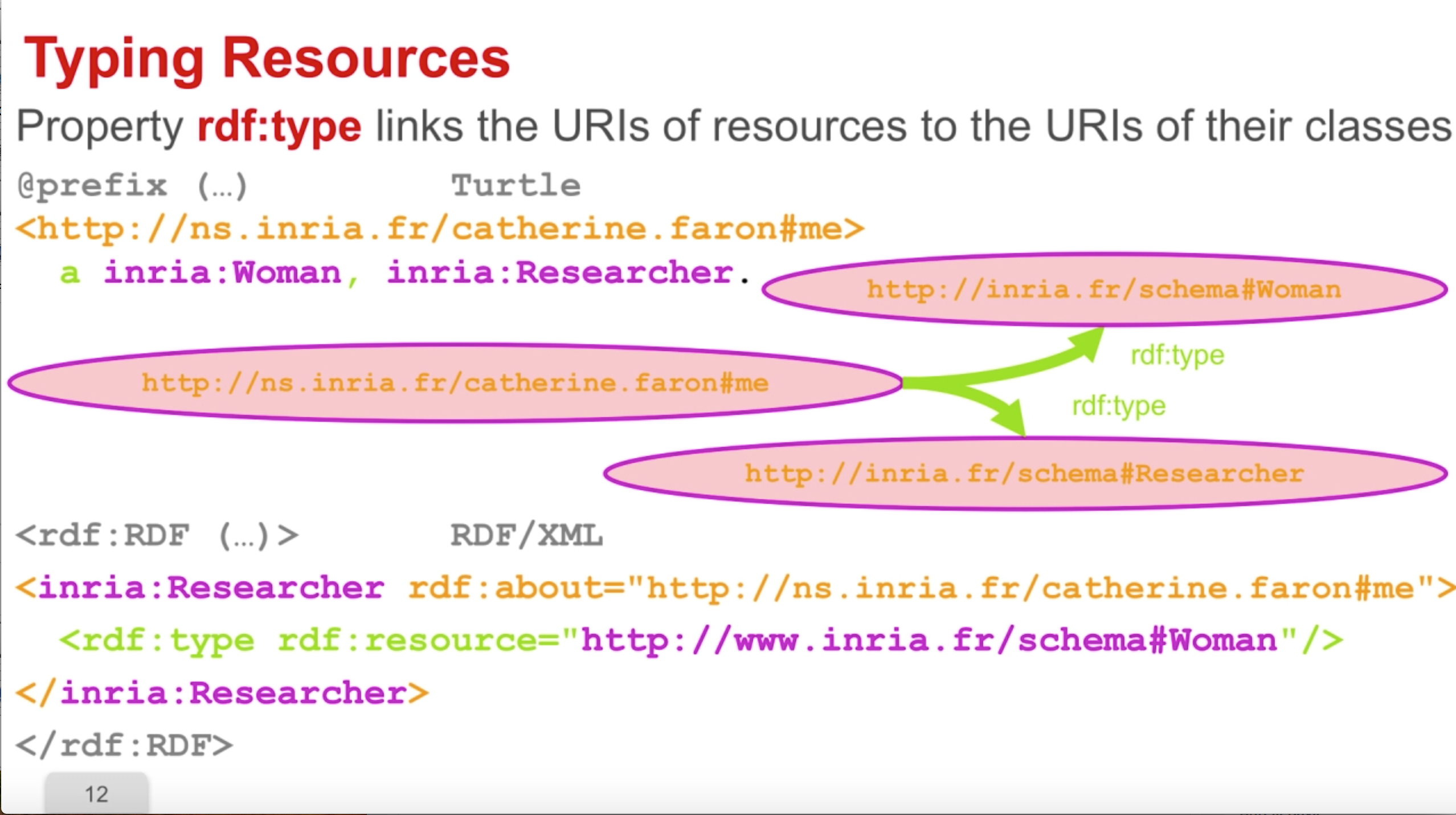


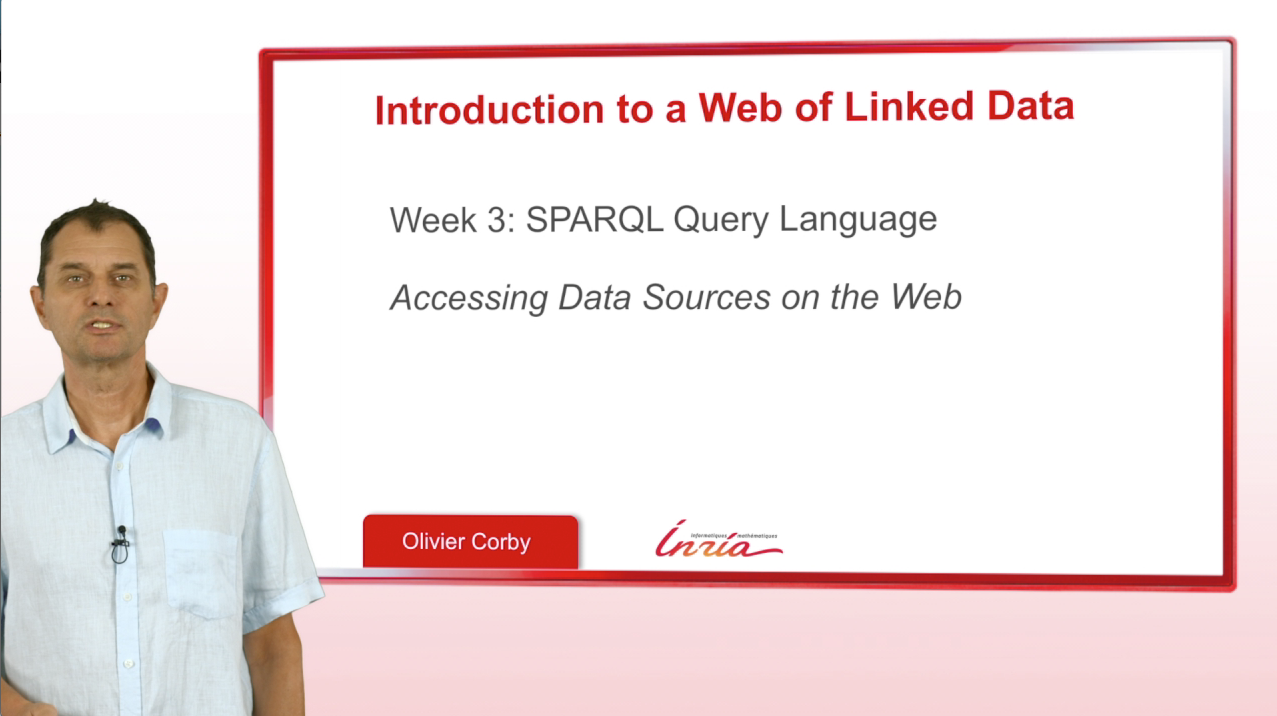





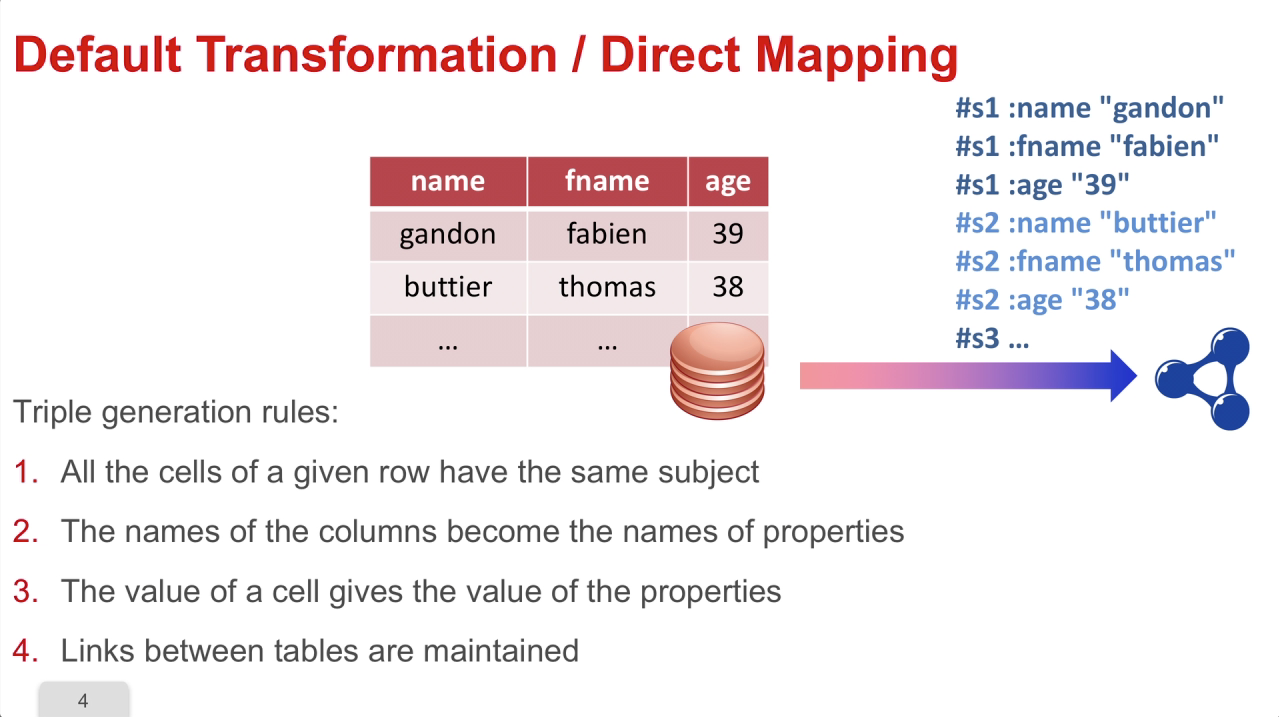
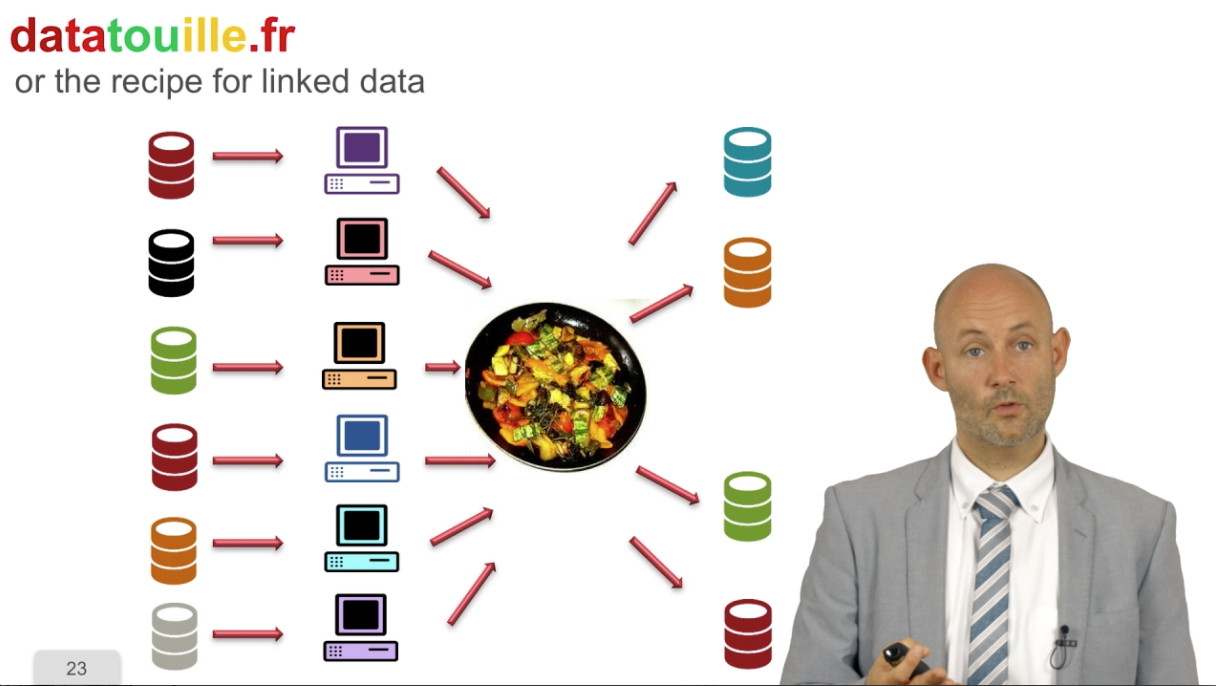
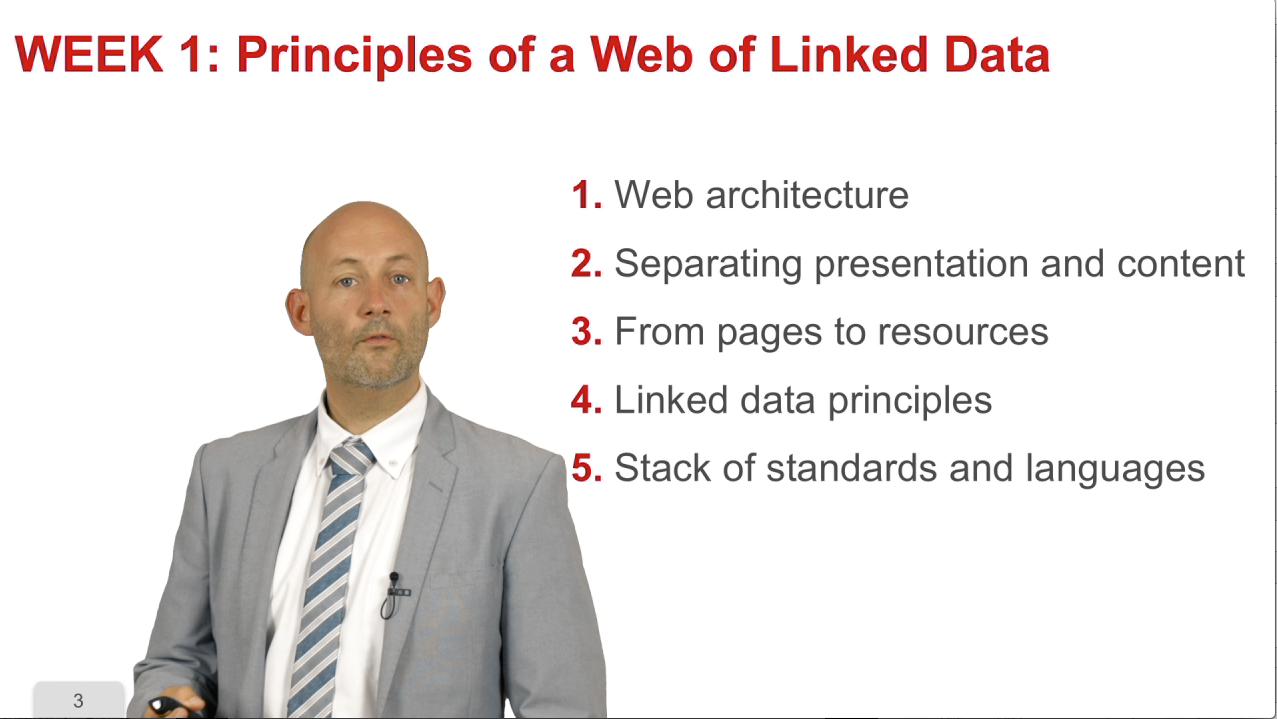
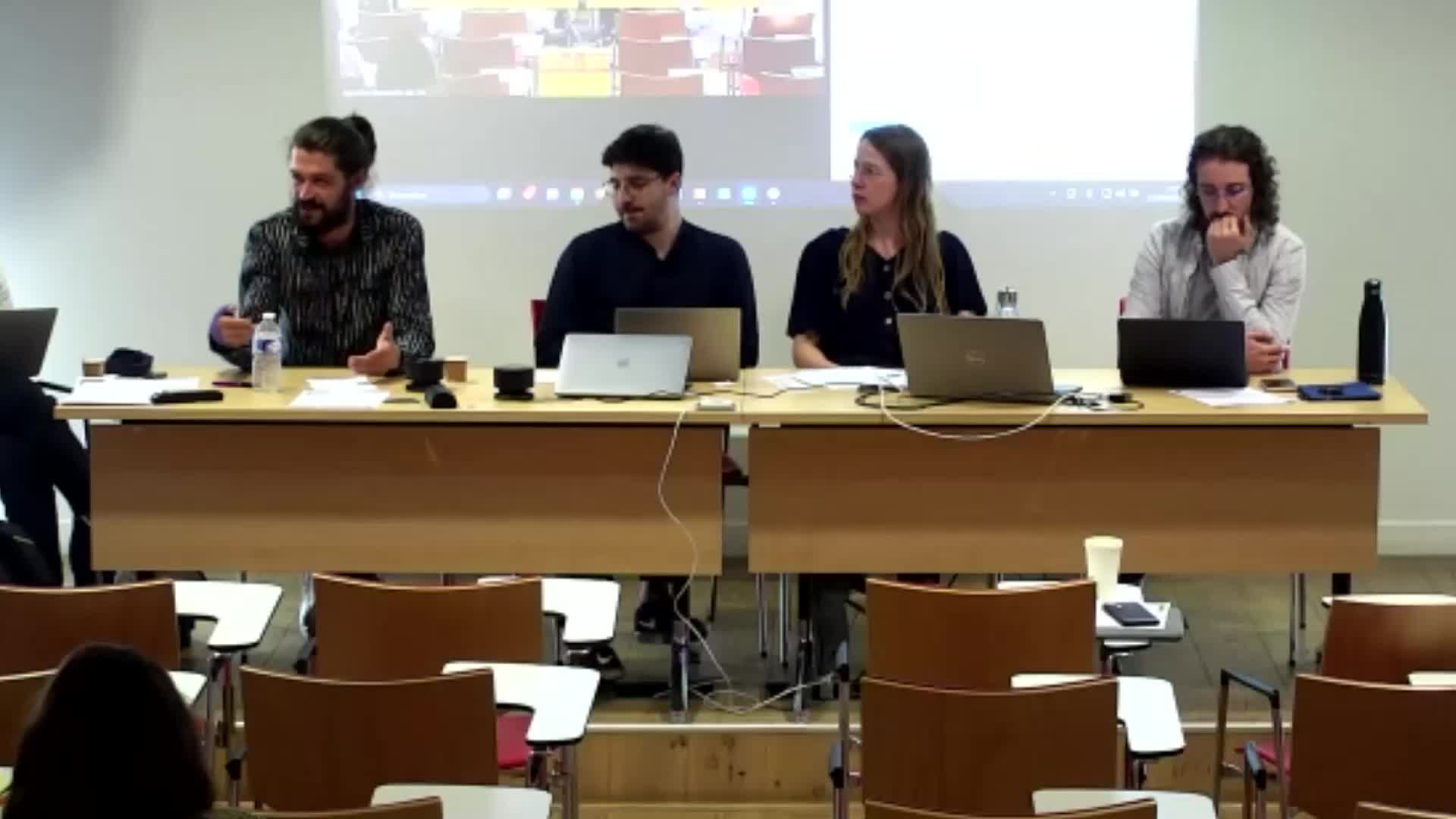
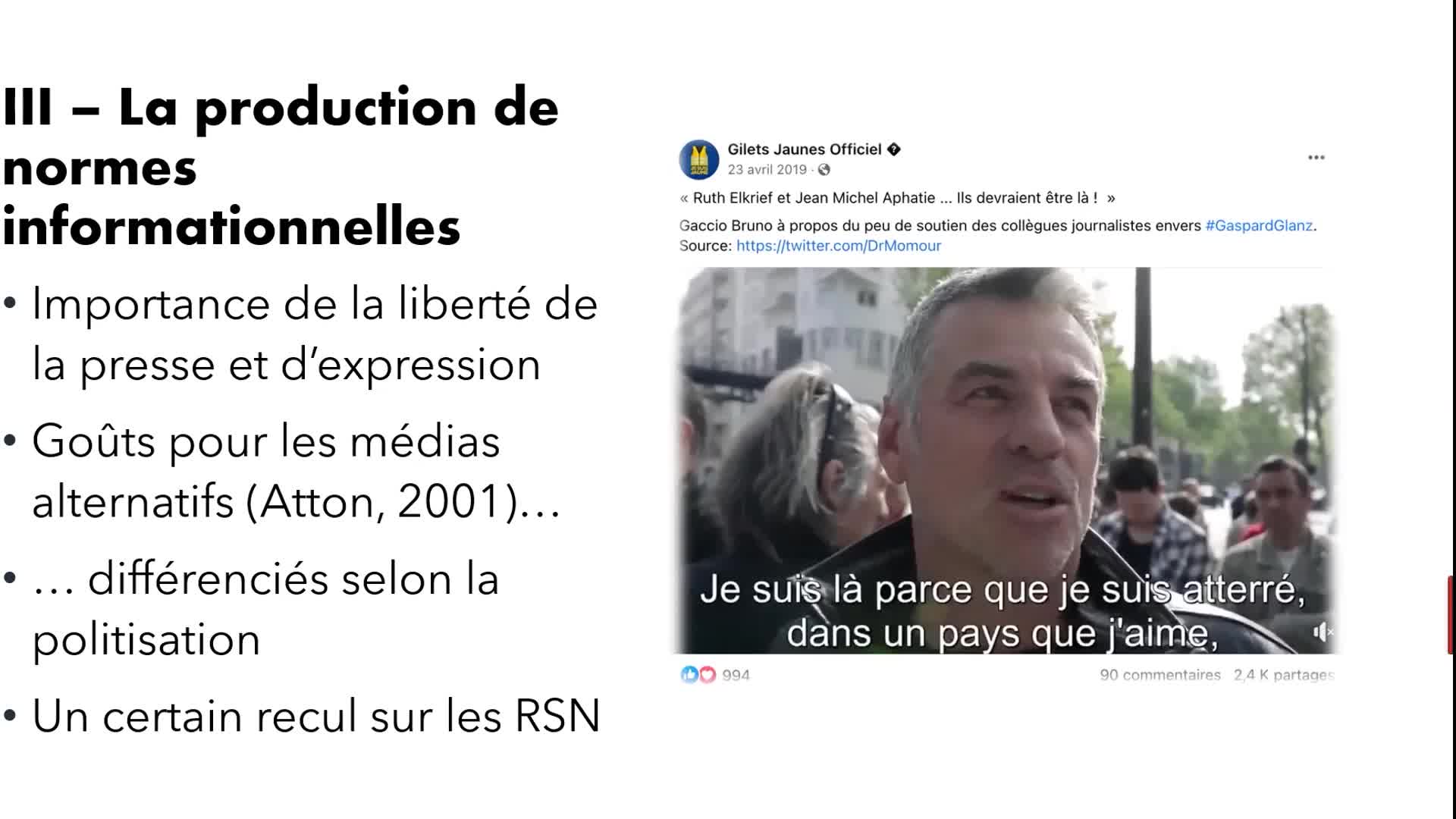
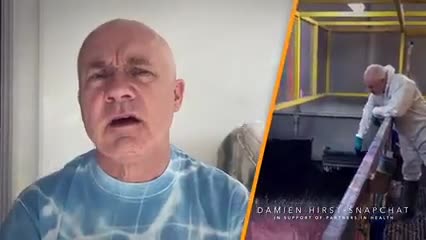
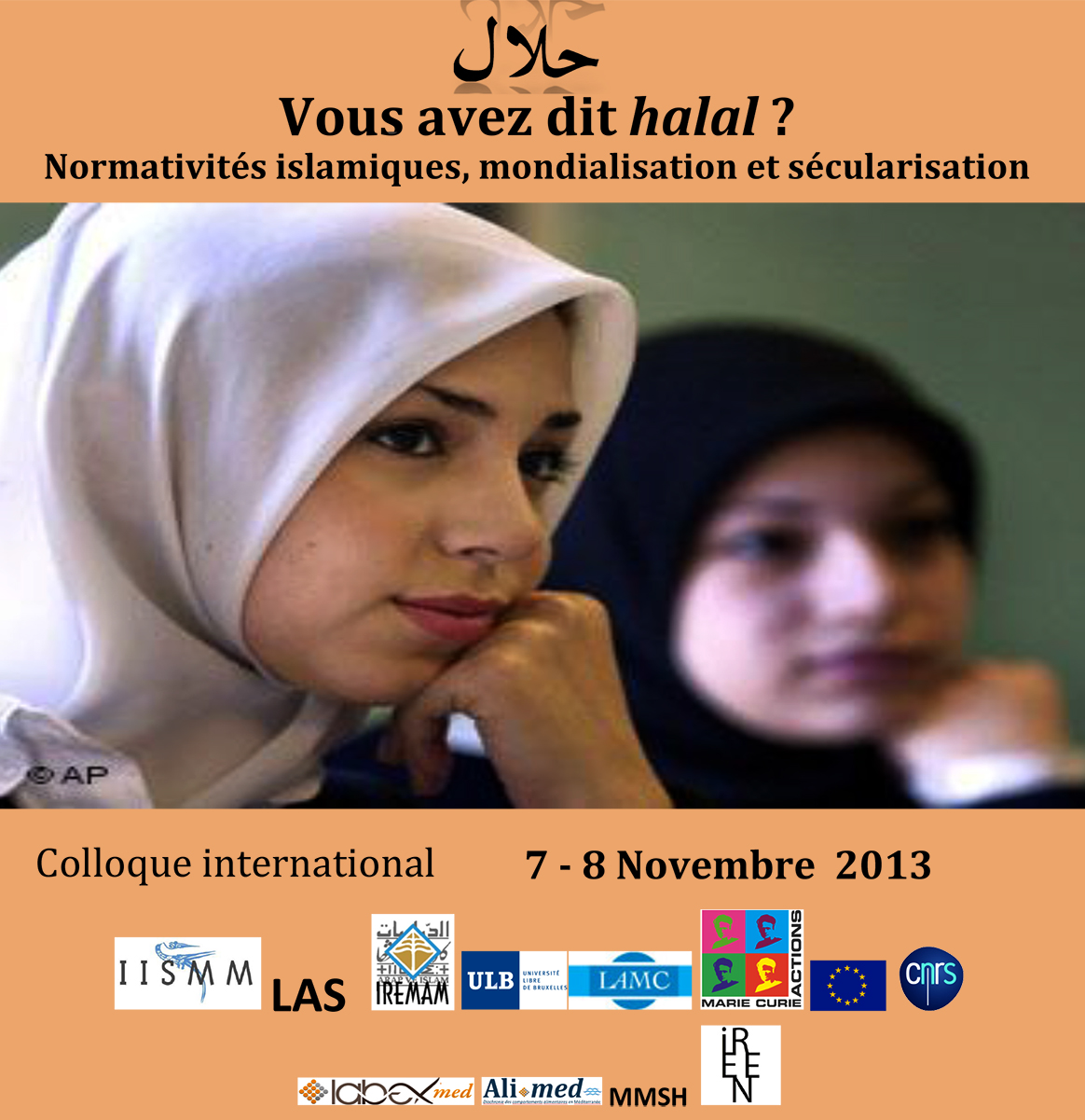
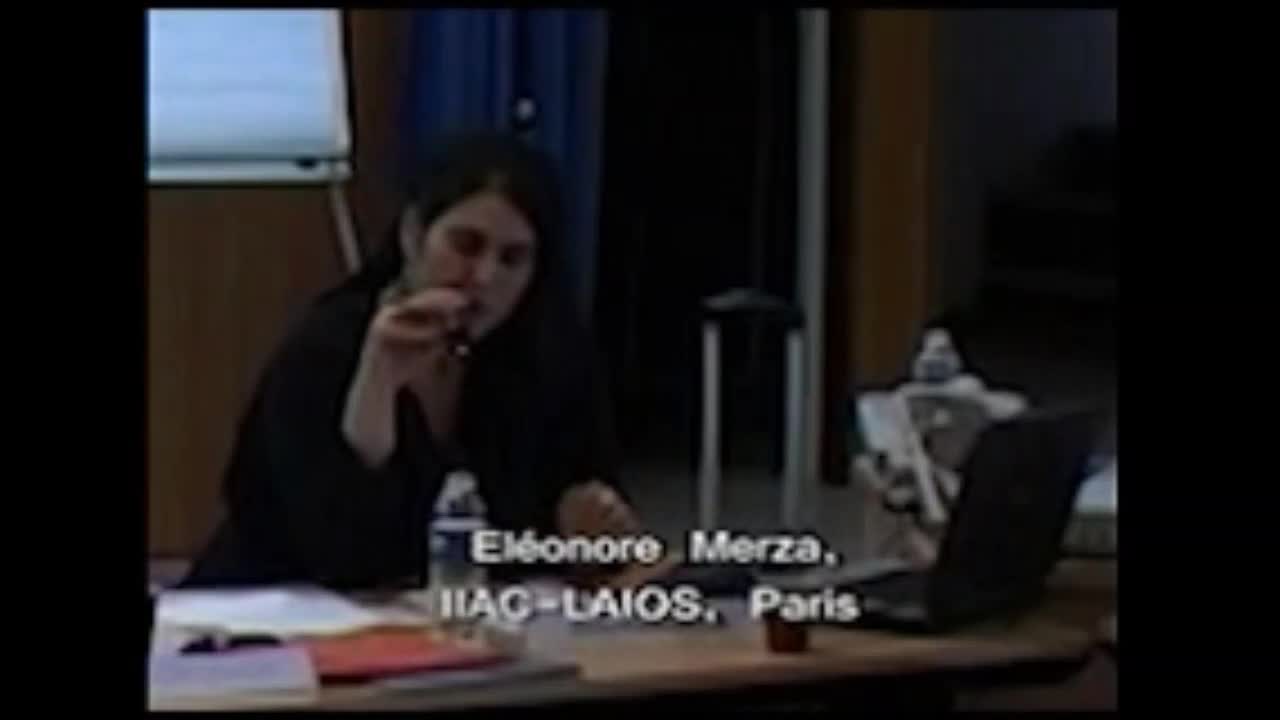
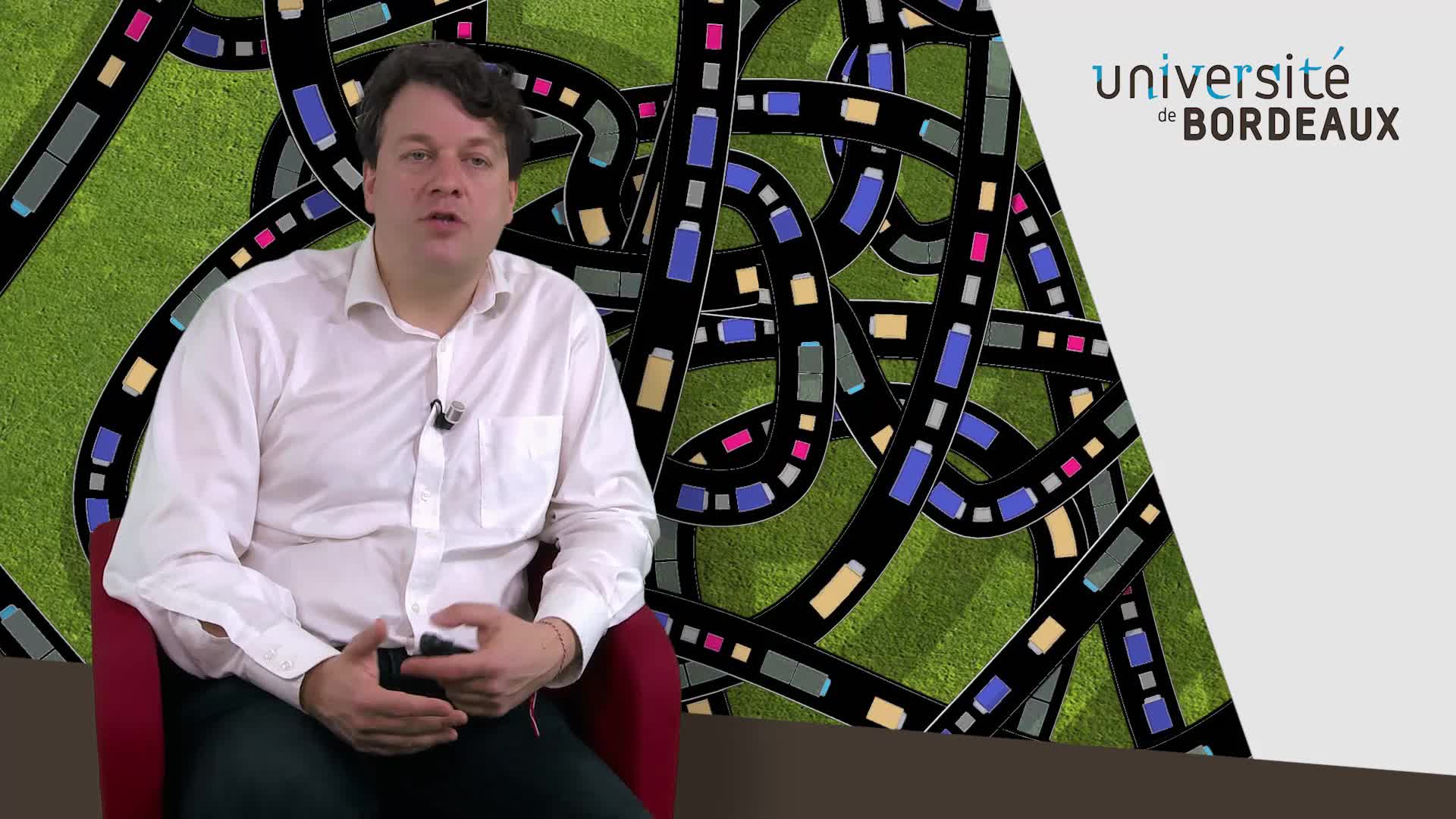
![[COLLOQUE] Festival de l’intelligence artificielle Avignon 2021 table ronde 2](https://vod.canal-u.tv/videos/media/images/universite_d_avignon_et_des_pays_de_vaucluse/.colloque.festival.de.l.intelligence.artificielle.avignon.2021.table.ronde.2_64807/vignette.jpg)
![[COLLOQUE] FrenchTech Grande Provence & LIAvignon : L’IA de demain](https://vod.canal-u.tv/videos/media/images/universite_d_avignon_et_des_pays_de_vaucluse/.colloque.frenchtech.grande.provence.liavignon.l.ia.de.demain_64813/vignette.jpg)
![[COLLOQUE] Festival de l’intelligence artificielle Avignon 2021 table ronde 1](https://vod.canal-u.tv/videos/media/images/universite_d_avignon_et_des_pays_de_vaucluse/.colloque.festival.de.l.intelligence.artificielle.avignon.2021_64135/vignette.jpg)
![[COLLOQUE] Festival de l’intelligence artificielle Avignon 2021 table ronde 3](https://vod.canal-u.tv/videos/media/images/universite_d_avignon_et_des_pays_de_vaucluse/.colloque.festival.de.l.intelligence.artificielle.avignon.2021.table.ronde.3_64809/vignette.jpg)
![[COLLOQUE] Festival de l’intelligence artificielle Avignon 2021 introduction](https://vod.canal-u.tv/videos/media/images/universite_d_avignon_et_des_pays_de_vaucluse/.colloque.festival.de.l.intelligence.artificielle.avignon.2021.introduction_64815/vignette.jpg)
![[COLLOQUE] Festival de l’intelligence artificielle Avignon 2021 Présentation de La chaire LIA Avignon](https://vod.canal-u.tv/videos/media/images/universite_d_avignon_et_des_pays_de_vaucluse/.colloque.festival.de.l.intelligence.artificielle.avignon.2021.presentation.de.la.chaire.lia.avignon_64811/vignette.jpg)